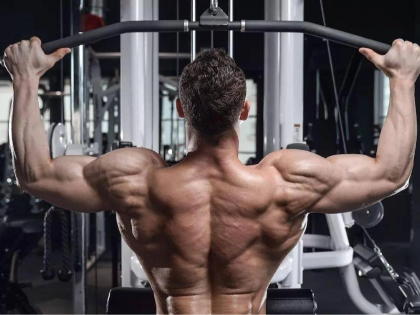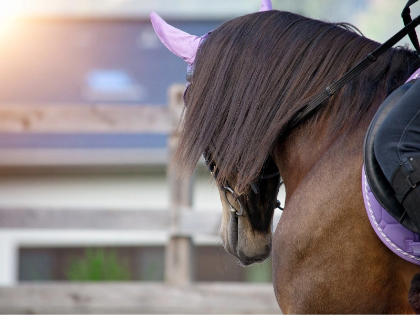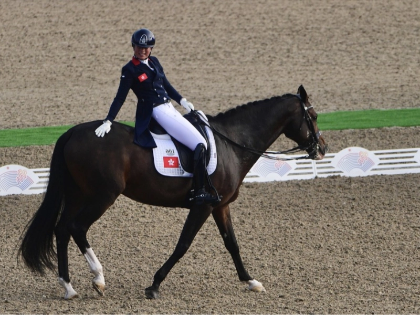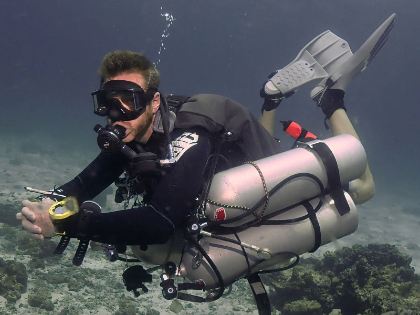Golf Stretching Routines: Improving Flexibility For Better Play
A fluid golf swing depends on long, free muscles and proper posture. Still, stiffness can sneak in before you even notice it. Staying flexible for a more fluid and full golf swing depends on this sequence of stretches. Daily as well as before every round of golf, do these stretches.
1. Stretching for the shoulder

2. Rotation of the Shoulders
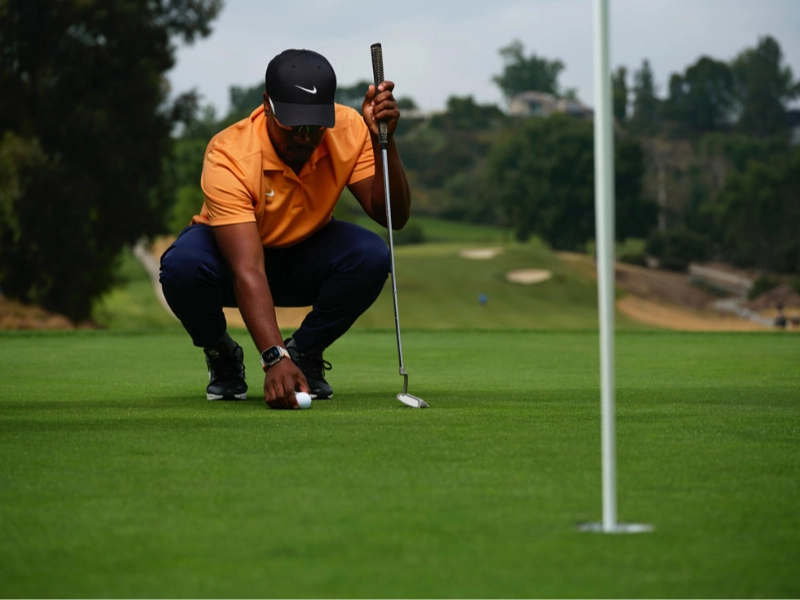 A full-body game, golf calls for a lot of rotation. Although this action is crucial for generating power all through your swing, it can also strain your back and shoulders. Before your round or on days you miss play, this regimen will assist avoid injuries and release your muscles.
Start seated, cross one leg over the other or sit anyhow feels comfortable to you. After positioning the hand of the arm closest to the wall on top of the opposite arm, press with your chest into the wall.
Creating a circle with each movement, shrug your shoulders up towards your ears, back away from your hips, and down towards your rib cage. Hold thirty seconds on both sides.
A full-body game, golf calls for a lot of rotation. Although this action is crucial for generating power all through your swing, it can also strain your back and shoulders. Before your round or on days you miss play, this regimen will assist avoid injuries and release your muscles.
Start seated, cross one leg over the other or sit anyhow feels comfortable to you. After positioning the hand of the arm closest to the wall on top of the opposite arm, press with your chest into the wall.
Creating a circle with each movement, shrug your shoulders up towards your ears, back away from your hips, and down towards your rib cage. Hold thirty seconds on both sides.
3. Back Stretching
 Crucially in the golf swing are the shoulders and the upper back (latissmus dorsi). Tight muscles in these locations could impede shoulder rotation during the downswing and impact, therefore reducing the force and control of your golf swing.
By helping you to rotate the body more fully and effectively, stretching and strengthening these muscles will help to increase the pace and consistency of your golf swing. By avoiding tightness and tugging, stretching helps to lower your chance of injury as well.
Gentle, non-bouncing golf stretching will help to prevent muscular tension and lower the risk of injury. If required, hold each stretch for thirty seconds or more. Every day and before every round of golf, go through this regimen.
Crucially in the golf swing are the shoulders and the upper back (latissmus dorsi). Tight muscles in these locations could impede shoulder rotation during the downswing and impact, therefore reducing the force and control of your golf swing.
By helping you to rotate the body more fully and effectively, stretching and strengthening these muscles will help to increase the pace and consistency of your golf swing. By avoiding tightness and tugging, stretching helps to lower your chance of injury as well.
Gentle, non-bouncing golf stretching will help to prevent muscular tension and lower the risk of injury. If required, hold each stretch for thirty seconds or more. Every day and before every round of golf, go through this regimen.
4. Stretch for the quadriceps
 Front of your thighs, the quadriceps muscles let you bend at the knee. For a full, fluid golf swing, they are vital.
For golfers and other sportsmen who utilise their arms for movement in their game, this is a great stretch. Racquetball, tennis, baseball players, swimmers all use their arms. It increases shoulder joint range of motion and helps to relax the shoulders as well.
Before and after a round of golf, golfers should stretch simply yet effectively. Your back will appreciate you if you regularly use these stretches in your golf practice since they will help to increase your range of motion and flexibility. (Note: Before executing these stretches, always warm up with mild movement.) Good fortune for the links!
Front of your thighs, the quadriceps muscles let you bend at the knee. For a full, fluid golf swing, they are vital.
For golfers and other sportsmen who utilise their arms for movement in their game, this is a great stretch. Racquetball, tennis, baseball players, swimmers all use their arms. It increases shoulder joint range of motion and helps to relax the shoulders as well.
Before and after a round of golf, golfers should stretch simply yet effectively. Your back will appreciate you if you regularly use these stretches in your golf practice since they will help to increase your range of motion and flexibility. (Note: Before executing these stretches, always warm up with mild movement.) Good fortune for the links!
5. Stretch for the shoulders
 The golf swing depends critically on the shoulder, especially when driving a ball great distances. Should the shoulder be tight, it can restrict the whole range of motion required to release and transfer body trunk of action into the arm.
The rotator cuff muscles at the rear of the shoulder become more mobile thanks in part to this doorway stretch. First lie on the side that is afflicted. Lead the right arm upward the back and towards the ground to get it near the left hand. Should it be comfortable, clasp the hands together.
Then flip sides and carry on the workout. To get the most benefit, repeat this shoulder stretch roughly five times on each side. Unlike certain stretches, this one does not cause the shoulders to rotate internally, therefore stressing rotator cuff tendons.
The golf swing depends critically on the shoulder, especially when driving a ball great distances. Should the shoulder be tight, it can restrict the whole range of motion required to release and transfer body trunk of action into the arm.
The rotator cuff muscles at the rear of the shoulder become more mobile thanks in part to this doorway stretch. First lie on the side that is afflicted. Lead the right arm upward the back and towards the ground to get it near the left hand. Should it be comfortable, clasp the hands together.
Then flip sides and carry on the workout. To get the most benefit, repeat this shoulder stretch roughly five times on each side. Unlike certain stretches, this one does not cause the shoulders to rotate internally, therefore stressing rotator cuff tendons.


